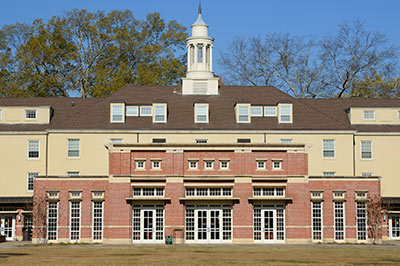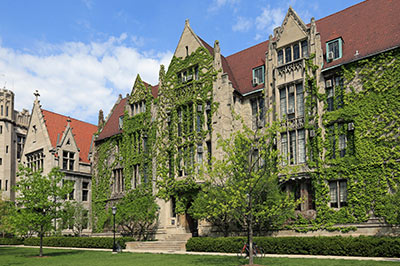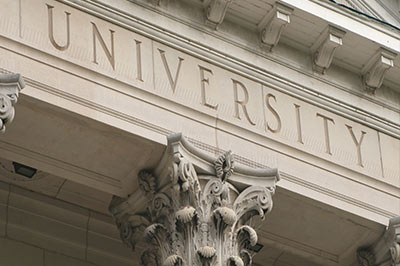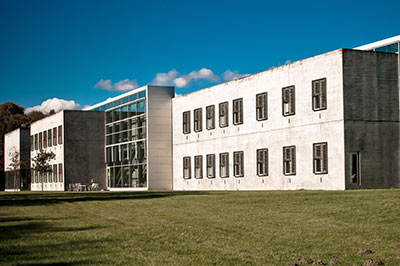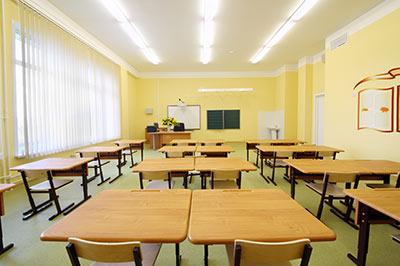American School and University, 2016
The University of Rochester will begin construction this summer on a 72,000-square-foot residence hall.
The building, scheduled to open on the Rochester, N.Y., campus in 2017, has been designed to accommodate 151 first-year students and will integrate academics, athletics, and student life into the residential experience, the university says.
The main level of the facility will be dedicated to academic and student life services. This space will include meeting rooms for study groups and workshops, and offices that will be available for health professions, as well as career, academic, fellowship and STEM advising.

